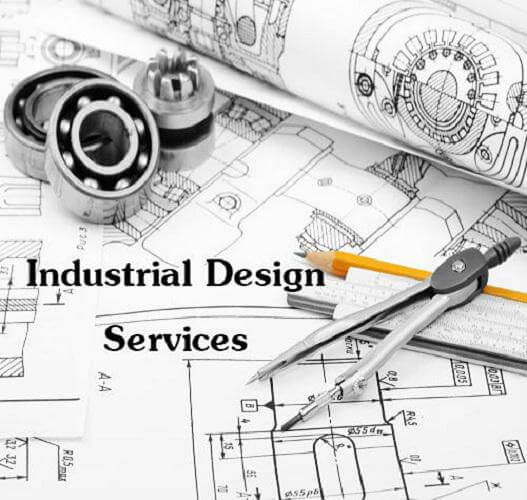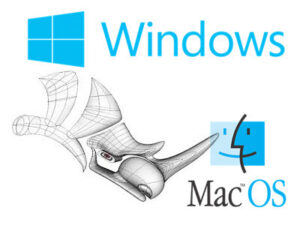We know that the service design discipline has not been established in all universities. Many professors, trained as industrial designers, believe that service design is a branch of industrial design and seek to enter this field by offering courses in service design at the graduate level, i.e., master’s degree. This article attempts to demonstrate, through a detailed description of the characteristics of the service design discipline, that the education in this field, with very few exceptions, has no similarity to the current industrial design education in the country and even requires a separate and different recruitment process.
Perhaps by examining the educational trends of this field in other countries, this claim may seem unreasonable, as in many countries, service design is offered as a specialization within design departments (although not exclusively industrial design). However, by examining new approaches and the author’s experiences, an attempt will be made to clarify the claim that service design is an independent discipline with few similarities to industrial design.
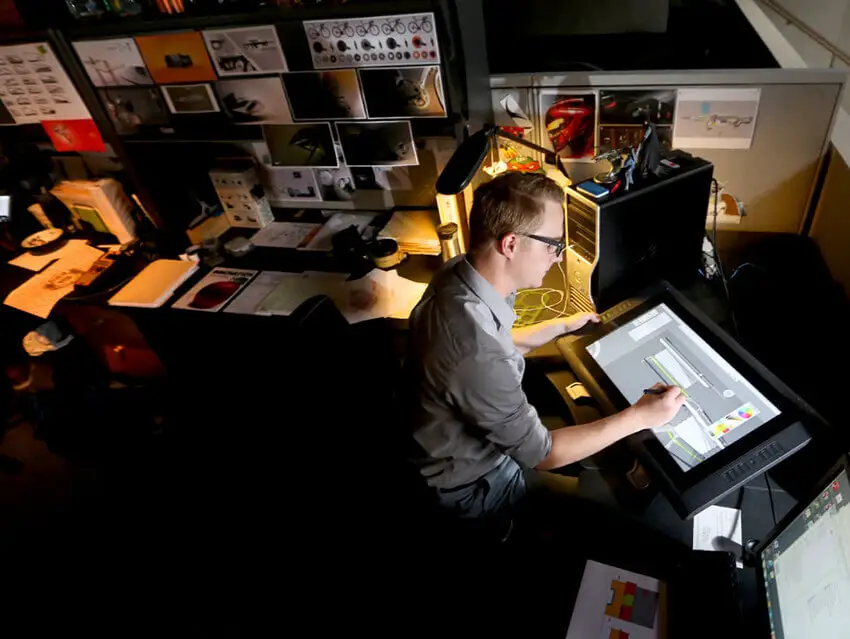
Several features and differences between industrial design and service designers and service design:
- Methodology: The methodology of service design is the closest link between service design and other design disciplines because, in general, the methodology of this discipline represents the design process, and when it is generally expressed as “analysis and synthesis,” it can appear similar to other methodologies from graphic design to architecture. But this methodology, when it goes into detail, has fundamental differences from the methodology of industrial design. Some reasons are mentioned below:
1.1. Addressing organizational strategy: Service design uses the organization’s strategy and values both as input and, at the time of implementing the designed services, creates a process change within organizations and organizational strategies. These processes are not seen in the conventional design methodology, especially in the implementation, measurement, and learning phases.
1.2. Examining different stakeholders: In service design, the user is a partner in creating services, and at each stage of using the service, the user is presented with new expectations and influences how the service is delivered. On the other hand, service providers have a key impact on the quality of services, and other stakeholders such as partners and managers will also have a different impact each time the service is provided. This high dynamism in services must be seen in the methodology, which has not been achieved in conventional methodologies with a product-oriented view of services, and creativity in the system itself and participation with stakeholders at different stages of design has not been opened up in these methodologies.
1.3. The impact of time on methodology: Services are a time-bound process and, unlike a product, cannot be produced and delivered once. Due to this feature, the service design methodology must cover this feature of services not only in design cycles (iterations) but also during a single execution of the design process until the end of implementation. For those who enter the service design job market, this is quite obvious. A service designer cannot sign a complete contract from the research phase to implementation. The output of service design does not have a specific range such as designing a graphic element or a glass that can be determined with a certain price tolerance for the output of the design process. The output of the design process may be a small organizational change or lead to a fundamental change in all layers of the organization. Certainly, there are other differences in the details of the methodology and the emphasis of methodologies between service design and conventional industrial design in Iran, but for now, we will limit ourselves to stating these three general issues.
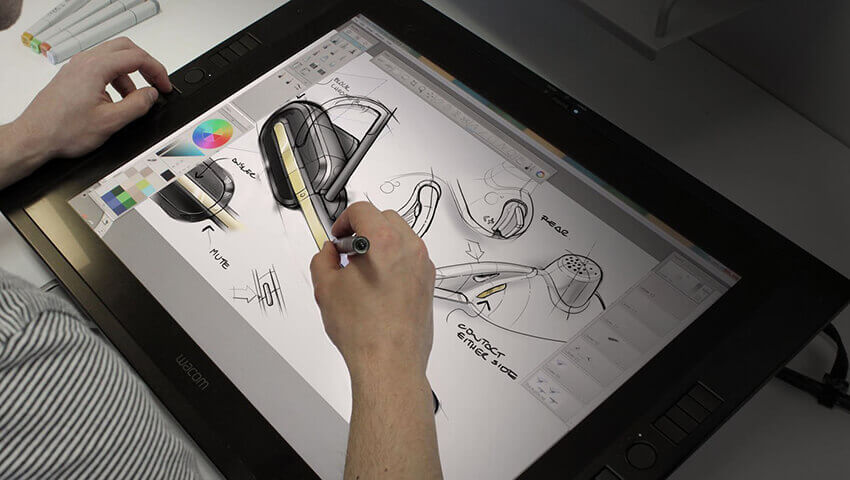
2. Thinking Process: While both service design and industrial design utilize design thinking, the actual thought process differs significantly. Analyzing and critiquing existing services, and conceiving innovative new ones, require a distinct mindset.
The most notable difference lies in visualization. Industrial designers use spatial thinking to visualize products, while service designers employ narrative thinking to envision service processes. This is not merely about understanding how a product is used. Service design is rooted in storytelling and involves all stakeholders. From identifying current issues to creating desired futures, the entire process is narrative-driven.
3. Tools: The divergent thinking processes in service and industrial design necessitate different tools. Industrial designers often rely on physical prototyping and material exploration. In contrast, service designers focus on understanding people, their behaviors, and social interactions. Instead of sketching and modeling, service designers use storytelling and narrative to strengthen their design thinking.
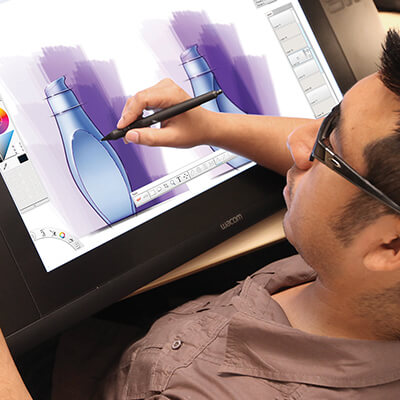
4. Philosophy and Ethics: The philosophical underpinnings of service and industrial design also differ. While industrial design often focuses on the aesthetics and functionality of a product, service design delves deeper into questions about value, ethics, and the broader societal impact of services. The collaborative and co-creative approaches prevalent in service design exemplify this focus on philosophical and ethical considerations.
Conclusion: Given these fundamental differences, the skills and attributes required for a successful industrial designer and a service designer are distinct. The methodologies, tools, and even the philosophical underpinnings of these two disciplines vary significantly. As a result, a short-term educational program cannot adequately bridge this gap. It is imperative that service design be recognized as a separate and specialized field.

